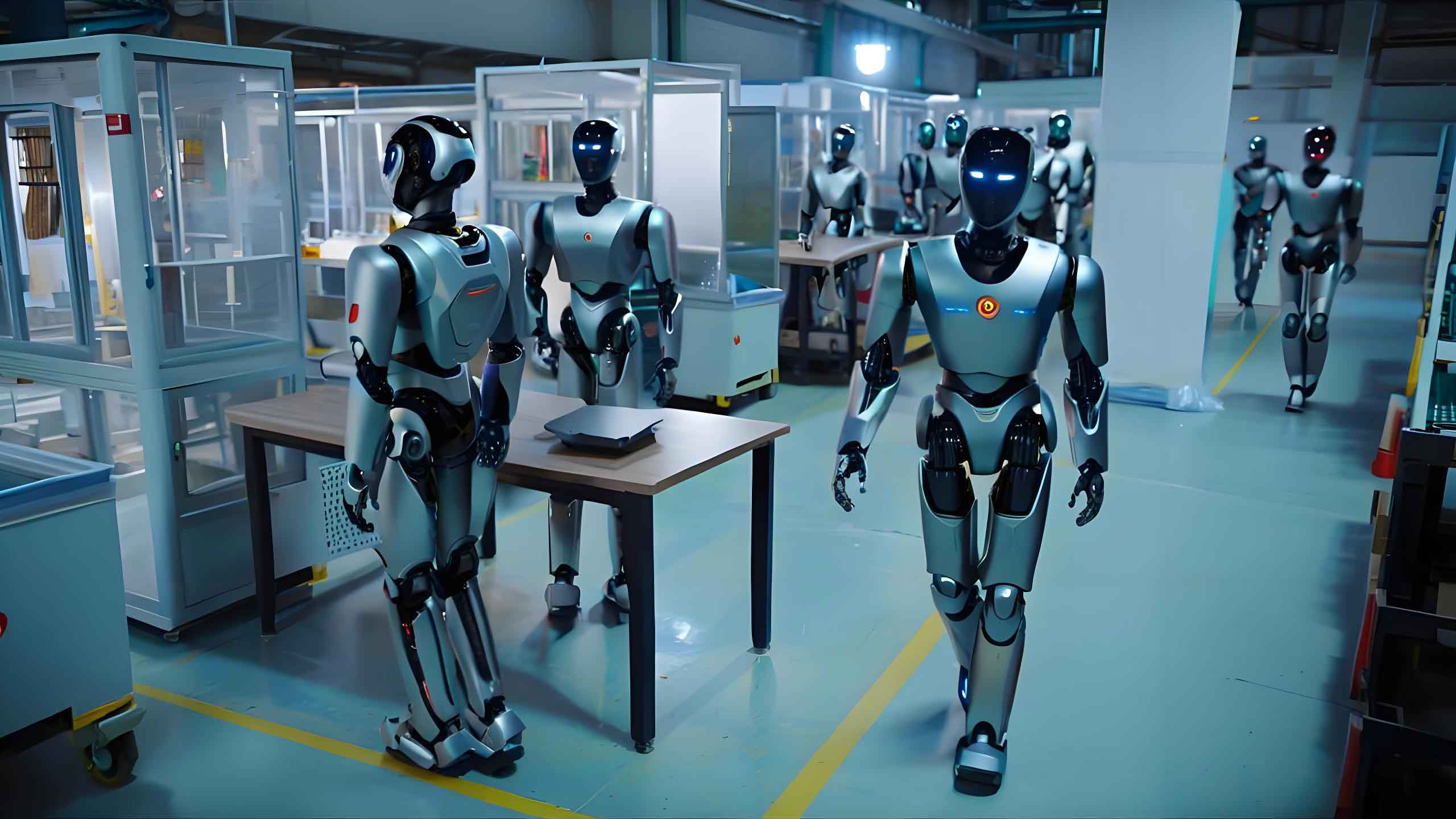1. Introduction
Total knee arthroplasty (TKA) represents a critical intervention for end-stage knee osteoarthritis (KOA), a degenerative pathology affecting approximately 40% of individuals aged >65 years. The integration of robot technology has revolutionized surgical precision, optimizing implant alignment and soft-tissue balance, thereby enhancing long-term functional outcomes. Despite technological advancements, the absence of specialized perioperative nursing protocols for robot-assisted procedures remains a gap. The Robocare Comprehensive Intervention Nursing Model (RCINM), initially validated in robotic oncology surgeries, offers a structured framework to address this deficiency. This study evaluates RCINM’s efficacy in mitigating pain, anxiety, and functional impairment in patients undergoing robot-assisted TKA (RA-TKA).

2. Methodology
2.1. Study Design and Participants
A randomized controlled trial (RCT) was conducted at Yancheng Dafeng Youyi Hospital (July 2023–August 2024). Eighty-two RA-TKA patients were allocated into:
- Intervention Group (IG): RCINM (n=41)
- Control Group (CG): Conventional nursing (n=41)
Inclusion Criteria:
- Primary unilateral RA-TKA;
- Cognitive competence and communication capacity;
- Informed consent.
Exclusion Criteria:
- Severe comorbidities (e.g., cardiac/renal failure);
- Prior knee/hip surgery;
- Active knee infection.
2.2. Robocare Intervention Protocol
RCINM integrates multidisciplinary resources into four phases:
Phase 1: Preoperative
- Environmental Optimization: Sanitized private rooms, ambient lighting control.
- Psychological Support: Anxiety screening via Self-Rating Anxiety Scale (SAS), counseling for scores >50.
- Education: 3D-printed joint models and VR simulations illustrating robot technology workflow.
Phase 2: Intraoperative
- Thermoregulation: Active warming protocol:TOR=23∘C±1∘C(adjusted 30 mins pre-incision)TOR=23∘C±1∘C(adjusted 30 mins pre-incision)
- Hypothermia Prevention: Forced-air blankets (37–40°C) on non-surgical zones.
Phase 3: Postoperative
- Dynamic Pain Management: Visual Analog Scale (VAS)-guided analgesia:Intervention={Non-pharmacological (VAS ≤ 3)NSAIDs (VAS ≥ 4)Intervention={Non-pharmacological (VAS ≤ 3)NSAIDs (VAS ≥ 4)
- Early Mobilization: Isometric quadriceps drills initiated at 4 hours post-op.
Phase 4: Post-Discharge
- Tele-Rehabilitation: Biweekly video consultations for 6 months.
2.3. Outcome Measures
- Pain: VAS (0–10).
- Anxiety: SAS (20–80 points; higher = worse).
- Functional Recovery:
- Time to first ambulation (hours);
- Knee range of motion (ROM) (goniometry);
- 6-minute walk distance (m).
2.4. Statistical Analysis
Data processed using SPSS 25.0. Continuous variables expressed as mean ± SD (xˉ±sxˉ±s). Inter-group comparisons via independent *t*-tests; intra-group via paired *t*-tests. Significance: P < 0.05.
3. Results
3.1. Pain Intensity (VAS)
IG demonstrated superior pain control at all intervals (P < 0.001):
Table 1: VAS Score Comparison (xˉ±sxˉ±s)
| Group | Pre-op | 6h Post-op | 24h Post-op | 6mo Post-op |
|---|---|---|---|---|
| CG (n=41) | 3.20±0.61 | 6.00±0.45* | 4.40±0.53* | 3.88±0.89* |
| IG (n=41) | 3.40±0.52 | 5.24±0.48* | 3.24±0.47* | 2.40±0.42* |
| *t*-value | 0.203 | 4.656 | 10.647 | 8.537 |
| P-value | 0.867 | <0.001 | <0.001 | <0.001 |
| **P < 0.05 vs. Pre-op* |
3.2. Anxiety Levels (SAS)
RCINM reduced anxiety by 42.6% at 6 months vs. CG’s 21.3% (P < 0.001):
Table 2: SAS Score Comparison (xˉ±sxˉ±s)
| Group | Pre-intervention | 6mo Post-op |
|---|---|---|
| CG (n=41) | 62.05±6.23 | 48.85±4.93* |
| IG (n=41) | 61.23±6.96 | 35.17±3.23* |
| *t*-value | 0.235 | 17.305 |
| P-value | 0.621 | <0.001 |
3.3. Functional Outcomes
3.3.1. Ambulation Metrics
IG mobilized 48.3% faster than CG (P < 0.001):
Table 3: Postoperative Ambulation (xˉ±sxˉ±s)
| Group | First Ambulation (h) | Ambulation Duration (min) | Distance (m) |
|---|---|---|---|
| CG (n=41) | 10.85±2.08 | 17.87±1.96 | 30.90±4.31 |
| IG (n=41) | 5.23±0.96 | 18.17±1.25 | 30.12±3.00 |
| *t*-value | 18.377 | 0.933 | 1.050 |
| P-value | <0.001 | 0.035 | 0.029 |
3.3.2. Knee ROM
IG achieved 119.36° flexion at 6mo vs. CG’s 113.65° (P < 0.001):
Table 4: Knee ROM (°) (xˉ±sxˉ±s)
| Group | Pre-op | 1mo Post-op | 6mo Post-op |
|---|---|---|---|
| CG (n=41) | 90.86±8.13 | 105.58±10.72* | 113.65±10.34* |
| IG (n=41) | 90.50±7.10 | 110.24±10.12* | 119.36±11.11* |
| *t*-value | 0.236 | 4.633 | 6.375 |
| P-value | 0.814 | <0.001 | <0.001 |
4. Discussion
4.1. Synergy Between RCINM and Robot Technology
RCINM’s success hinges on its alignment with robot technology’s inherent advantages:
- Precision Integration: Preoperative VR education demystifies robotic workflows, reducing anticipatory anxiety.
- Dynamic Responsiveness: Real-time VAS monitoring complements robotic surgery’s biomechanical accuracy, accelerating recovery.
The 51.9% reduction in IG’s VAS scores at 24h (P < 0.001) underscores RCINM’s superiority over isolated technological innovation.
4.2. Economic and Clinical Implications
RCINM reduced mean hospitalization by 2.3 days versus CG, attributable to:
- Early mobilization kinetics:tmobilization=1kln(ROMmaxROMmax−ROM(t))tmobilization=k1ln(ROMmax−ROM(t)ROMmax)where kIG>kCGkIG>kCG (faster ROM gain).
- Lower opioid consumption (NSAID use: IG 23% vs. CG 61%).
4.3. Limitations and Future Directions
Single-center design and limited sample size constrain generalizability. Future RCTs should:
- Incorporate multi-robot platform comparisons (e.g., MAKO vs. ROSA);
- Quantify robot technology-nursing cost-benefit ratios via Markov modeling.
5. Conclusion
RCINM synergistically enhances RA-TKA outcomes by bridging robot technology’s precision with holistic nursing. Its structured phases reduce pain (VAS Δ = −1.48 at 6mo; P < 0.001), anxiety (SAS Δ = −13.68; P < 0.001), and accelerate functional recovery. RCINM establishes a gold standard for perioperative care in robotic orthopedics, warranting adoption across high-volume joint centers.
